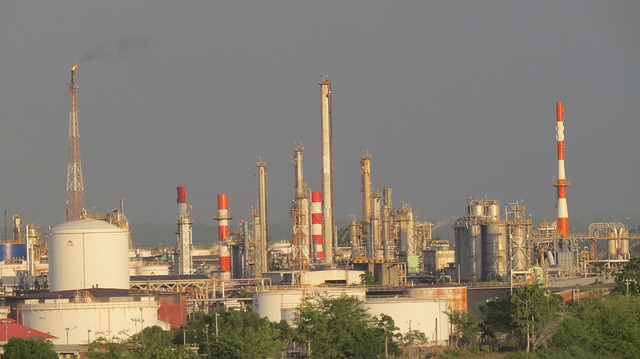
-
The Philippine manufacturing sector contracted in both volume and value in February, its 12th straight month of decline
-
Volume of Production Index (VoPI) dropped 43.6% while Value of Production Index (VaPI) flunked 46.5% in February 2021
-
Manufacture of coke and refined petroleum products led the declines in VoPI and VaPI during the period
-
The average capacity utilization rate for the manufacturing sector in February was 53.8% from 56.7% in the previous month
The Philippine manufacturing sector posted heavy contractions in both volume and value for February 2021, the 12th straight month of decline, according to data from the Philippine Statistics Authority (PSA).
The Volume of Production Index (VoPI) dropped 43.6% in February 2021, faster than the 12% decline registered in January 2021, according to PSA’s latest Monthly Integrated Survey of Selected Industries.
The faster downturn in VoPI was due to the contractions in the indices of 19 industry divisions. Among these, the top contributor was manufacture of coke and refined petroleum products (-85.4%).
The Value of Production Index (VaPI) likewise dropped in February 2021 by 46.5%, which was the fastest decline since October 2020.
The decline in VaPI was brought by the negative annual growth rates in the indices of 20 out of 22 industry divisions. Of these, manufacture of coke and refined petroleum products was the major contributing factor with a 89.3% decline.
Based on responding establishments, the average capacity utilization rate for the manufacturing sector in February 2021 was 53.8%, down from 56.7% in the previous month.
Fifteen of the 22 industry divisions had at least 50% average capacity utilization rate, which were led by manufacture of furniture (72.7%); other manufacturing and repair and installation of machinery and equipment (65.0%); and manufacture of computer, electronic, and optical products (63.8%).
More than half of the total number of responding establishments (62.5%) operated below 70% capacity.
One-fourth operated at 70% to 89% capacity and only 12.5% operated at full capacity (90% to 100%).




